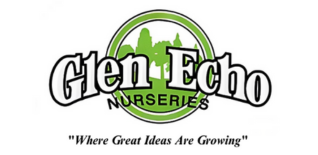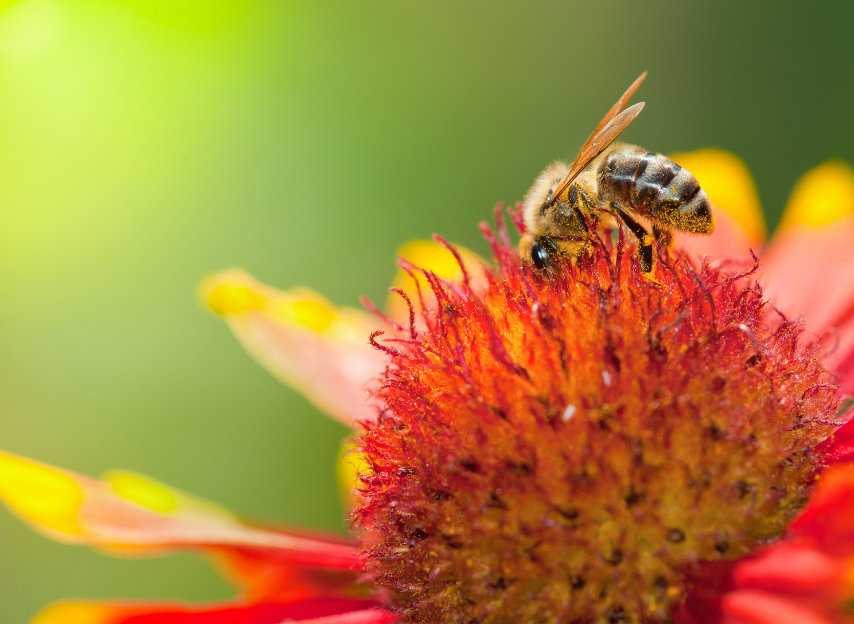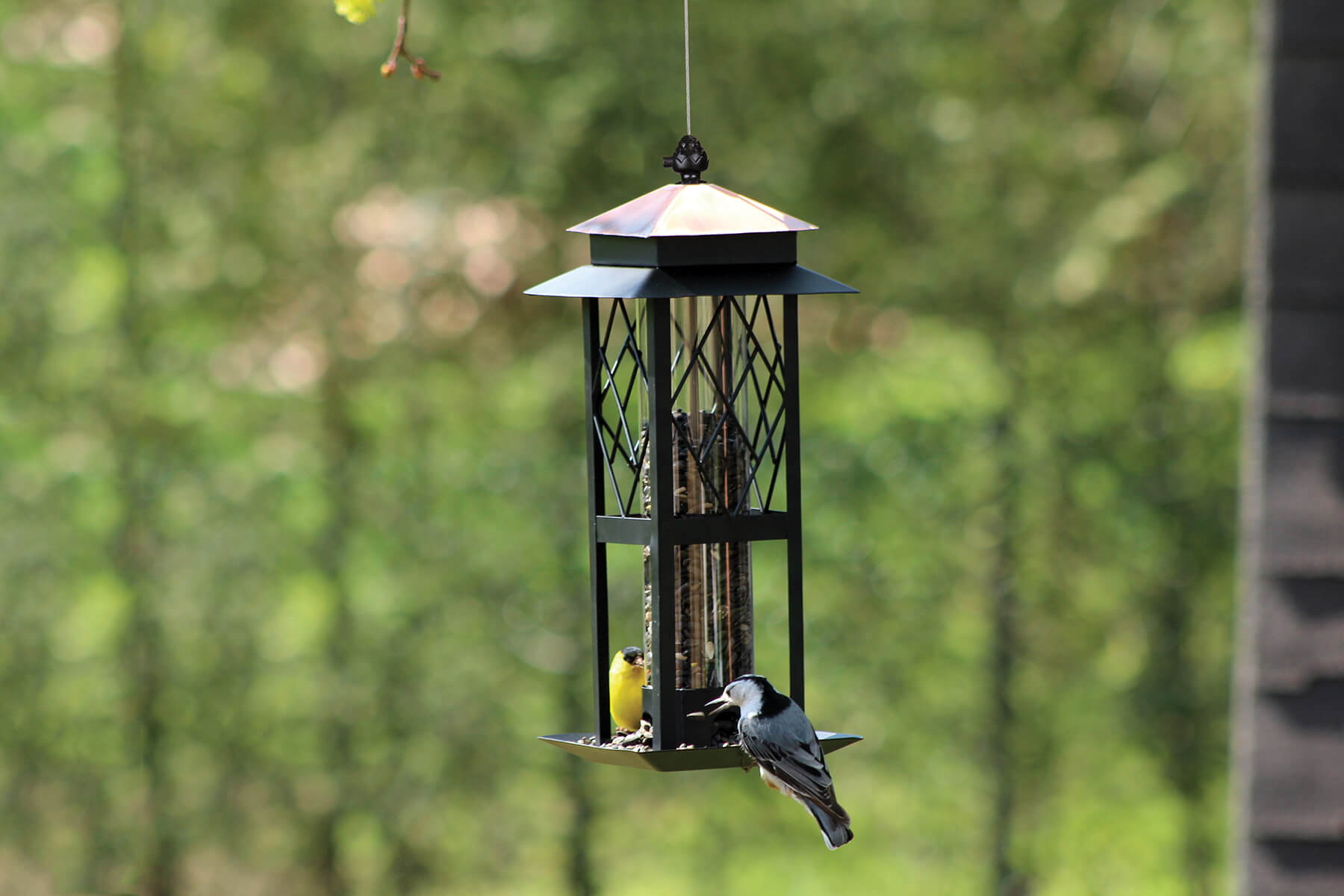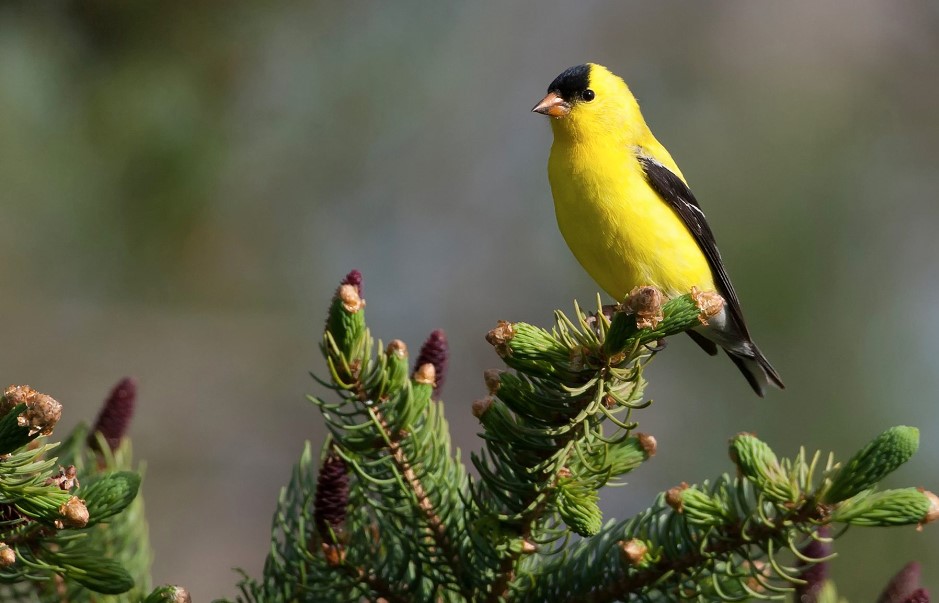Whether your’e looking to attract a particular pollinator or add some colour to your garden, our gardening experts provide the best tips in attracting pollinators to your garden.
Birds, Bees & Other Pollinators
We carry a wide range of feeders, birdhouses, birdbaths, and birdseed. Whether it’s songbirds or hummingbirds you wish to attract we’ll set you up with all you need to get started in attracting pollinators to your garden!
Plants & Flowers that Will Attract Birds
Planting a few flowers around your yard will attract bees, hummingbirds and butterflies this summer. Longer-term, planting fruit trees for food and evergreens for shelter will make your yard more attractive to the birds for years into the future. Here are some plants that will attract birds:
| Flowers | Small Trees | Shrubs & Vines |
| Aster | Bayberry | Blackberry |
| Bachelor Button | Cedar (Juniper) | Boxwood |
| Black-eyed Susan | Cherry | Elderberry |
| California Poppy | Crabapple | English Ivy |
| Chrysanthemum | Dogwood | Grape |
| Columbine | Eastern Hemlock | Holly |
| Marigold | Hawthorn | Honeysuckle |
| Purple Coneflower | Plum | Juniper |
| Japanese Maple | Myrtle | |
| Serviceberry | Raspberry | |
| Sumac | Spicebush | |
| Viburnum | ||
| Virginia Creeper | ||
| Witch Hazel | ||
| Yew |
Trees that Provide Plentiful Fruit and Seeds for Birds
| Beech | Fagus spp. and cvs | Larch | Larix spp. and cvs. |
| Birch | Betula spp. and cvs. | Oak | Quercus spp. and cvs. |
| Dogwood | Cornus spp. and cvs. | Pine | Pinus spp. and cvs. |
| Fir | Abies spp. and cvs. | Serviceberry | Amelanchier spp. and cvs. |
| Hackberry | Celtis spp. and cvs. | Spruce | Picea spp. and cvs. |
| Hawthorne | Crataegus spp. and cvs. |
Shrubs and Woody Climbers that Provide Plentiful Fruit and Seeds for Birds
| Blueberry | Vaccinium spp. and cvs. | Rose | Rosa spp. and cvs. |
| Buffaloberry | Shepherdia spp. and cvs. | Snowberry | Symphoricarpos spp. and cvs. |
| Elder | Sambucus spp. and cvs. | Sumac | Rhus spp. and cvs. |
| Holly | Illex spp.and cvs. | Viburnum | Viburnum spp. and cvs. |
| Juniper | Juniperus spp. and cvs. | Virginia Creeper | Parthenocissus quinquefolia |
After blooming, leave the seedbeds of these flowers in place to provide food for birds; avoid sterile cultivars that don’t produce seed.
| Amaranth | Amaranthus spp. and cvs. | Forget-Me-Not | Myosotis spp. and cvs. |
| Bellflower | Campanula spp. and cvs. | Goldenrod | Solidago spp. and cvs. |
| Black-eyed Susan | Rudbeckia spp. and cvs. | Marigold | Tagetes spp. and cvs. |
| Blanket Flower | Gaillardia spp. and cvs. | Phlox | Phlox spp. and cvs. |
| Cosmos | Cosmos spp. and cvs. | Thistle | Crisium spp. and cvs. |
| Delphinium | Delphinium spp. and cvs. | Zinnia | Zinnia spp. and cvs. |
Meals for All Seasons
| Spring | Summer | Late Summer and Fall |
| Azalea | Bee Balm (Monarda) | Autumn Sage (Salvia greggi) |
| Columbine (Aquilegia) | Bleeding Heart | Border Phlox (Phlox paniculate) |
| Delphinium – Blue | Fuchsia | Cardinal Flower (Lobelia) |
| Foxglove | Heuchera – red and pink | Crocosmia |
| Penstemon – Red | Impatiens | Daylilies (Hemerocallis) |
| Trumpet Honeysuckle | Petunia | Gayfeather (Liatris spicata) |
| Salvia | Gladiolus | |
| Sweet William (Dianthus) | Red hot pokers (Kniphofia hybrids) | |
| Tobacco plant (Nicotiana) | Zinnias | |
| Trumpet Vine (Campsis) | ||
| Scarlet Runner Beans – flowers |
Don’t forget to provide safe places for the birds to hide. Dense trees around the perimeter of your yard will attract birds. Make a diagram of your yard and plan how it will look in five ears, ten years and beyond. A pile of brush in a corner of the yard will give smaller birds a place to hide from Hawks.






